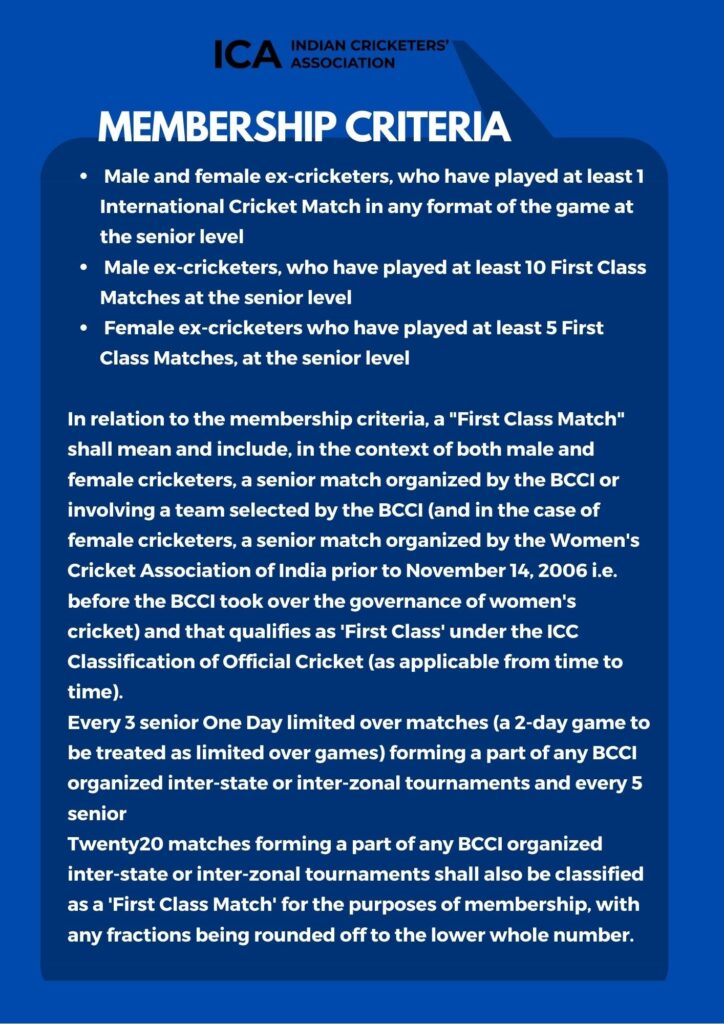INDIA CAN’T AFFORD TO GET COMPLACENT IN T20 WORLD CUP

Email: sunnybilkha@hotmail.com
The Indian cricket team’s campaign in the journey to win the T20 World Cup starts with an encounter with their chief rival, Pakistan. October 24, 2021 will be the day in Dubai when the two giants of Asian cricket will clash head-on. This match for both the sides will be very crucial, as the loser will then need to beat the consistent New Zealand side to qualify for the knock-out stage.
The Indian side, in their warm-up matches against both England and Australia, looked devastating. The stint in the Indian Premier League (IPL) seems to have tuned their players to perfection. One is only worried that the premium show that they showcased should not make them complacent and too confident.
Openers Rohit Sharma and KL Rahul looked in fine form along with Ishan Kishan in the match against England. The way they were all dispatching the bowlers was a pleasant sight for the Indian camp. Virat Kohli is always a class act and the innovative and acrobatic shot-making of Suryakumar Yadav comes forth as a quartet of an ideal combination that sides would aspire to have.
The issue of concern is what if any of these top four are not there to accompany the next lot of batters in Rishabh Pant, Hardik Pandya and Ravindra Jadeja. The trio of Pant, Pandya and Jadeja can be lethal because of their ability to hit the ball into the stand with ease but in a world-class arena, one needs to be clever in one’s stroke-play as well. They may not have the maturity and thoughtfulness required to take them sensibly to a respectable total, either batting first or when chasing a target under pressure. Therefore, India needs to ensure that their top-four batters bat at least for 12 overs before enlisting the help of the three big bashers.
The Indian side is also blessed with the best bowling combination. They have pace, swing, finger spinners and leg-spinners in their fold. The problem they face is in selecting the right combination. The three pacers – Bhuvneshwar Kumar, Mohd Shami and Jasprit Bumrah – are most likely to be the first choice. One feels that the conditions in the UAE are not the best for the swing bowling of Bhuvneshwar. He may be replaced by the golden-arm bowler, Shardul Thakur, who can be a useful lower-order batter as well.
One feels that Hardik Pandya will finally bowl and is being deliberately kept away from doing so in the IPL and the warm-up matches. Virat Kohli bowling his seamers as a sixth bowling option is interesting, that is if Hardik is definitely injured. It takes one back to the 1979 World Cup, when Geoffrey Boycott bowled his inswing deliveries for England and proved to be quite successful.
The Indian team has a dilemma in the selection of a second spinner. Ravichandran Ashwin would be the first choice. However, India have the option of their second leg-spinners in Varun Chakravarthy and Rahul Chahar. The wrist spinners seem to be more successful in the slow-paced UAE wickets. Whether Team India will opt for one of them to be included rather than Ashwin would be an interesting call, especially against Pakistan.
The hot weather and the slow-paced wickets are turning to be an important factor for all teams. The pace bowlers are not extracting any movement in the air or off the wicket and so are relying solely in varying their length and speed. Therefore, both swing and speed have become irrelevant. The spinners are becoming more effective with the new ball as they are getting a better nip off the wicket because of the shine.
The wickets have not shown any appreciable turn and once the white ball gets soft, the spinners are depending on the batter to play a false shot, especially, as the slowness of the wicket requires one to put more effort into one’s shots.
The inclusion of Mahendra Singh Dhoni as a mentor is another area of concern. While watching the warm-up games and the media reports and photographs, one gets the feeling that Dhoni has taken charge of the Indian side. Ravi Shastri and his bowling and fielding coaches seem to be in the outer periphery of the happenings on the field. Virat Kohli looks as if the burden of captaincy has shifted from his shoulders.
Rohit Sharma is already being seen as the next in line. The announcement of Rahul Dravid as a possible replacement for Shastri, one felt, was timed badly. One hopes that all this does not bring in uncertainty amongst the players as to who is the person they need to listen to and follow during the World Cup.
The famous saying of “too many cooks”, one hopes, does not spoil the broth, as India looks all set in their quest to win the Cup which they had won 14 years ago.
The T20 format brings in much more of an uncertainty than the traditional or 50-overs game. The shorter format narrows the differences between the sides and so just one good batting or bowling performance can change the game drastically. The field and bowling restrictions makes it harder for any side to get a complete advantage, and so predicting a winner is very difficult.
India have a great opportunity to win the T20 World Cup. The side is well acclimatised, familiar with the wickets, grounds and outfields in the UAE. The IPL has given the T20 momentum in the way they mentally and physically approach the game and their individual skills.
An Indian win would be a fulfilling finale and a wonderful present both for Virat Kohli and Ravi Shastri. A big trophy after seven years would be just what the millions of Indian cricket fans are thirsty for.
All the best India!
(Yajurvindra Singh is a former Test cricketer. Views expressed are personal.)

